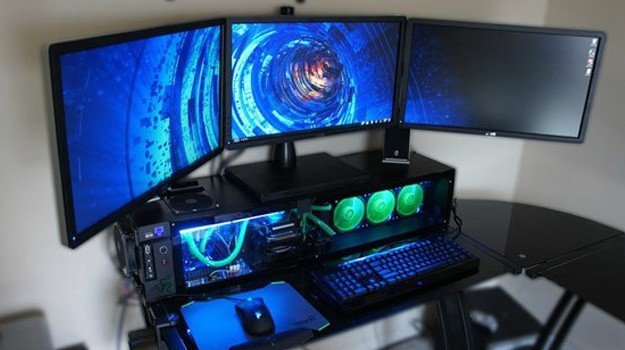Building a personal computer has become more accessible than ever. Thousand of tutorials are now available on the internet, and it’s quite easy to do it yourself as long as you do it right. There are different things to consider. For example, in choosing your SSD, there is a question of NVMe vs. M.2. In choosing your computer case, there are compact ones, glass ones, and ones that are very tall and spacious. Ultimately, building your own PC comes to your preference, budget, and overall use case for the computer. Let’s talk about the parts one by one below, and examine the best way to go about building your PC.
Things To Keep In Mind
As was previously mentioned, there are a lot of things to look out for when building your own PC. Let’s first start with the preliminary steps and questions that are normally asked in order to avoid regrets and parts that aren’t compatible and would malfunction if put together. Firstly, let’s talk about your use case. If you want to focus on gaming, then there are specific routes you could take, such as maximizing the graphics card for amazing visuals. You’d need a display with a high refresh rate and low latency response time so that you’d be able to transfer your reactions more quickly through the input.
A high refresh rate means that your display shows frames quicker, which entails a smoother and more fluid viewing experience. You’d also need to consider putting resources into good peripherals such as your keyboard, mouse, and headset. Your keyboard should be something that has switches that are comfortable for your use case. Your mouse should be light, precise, and has very low latency because this also adds up to the gaming experience. If you’re going to the video editing route, then it would be wise to focus most of your resources on the central processing unit (CPU).
Video editing apps take advantage of CPU threads and core counts to delegate tasks and do different parts of the process simultaneously. Securing a color-accurate display would also be a good thing to note, should you go down the video editing route. This lets you color-grade and edits your videos as close as possible to the colors that are being displayed.
The second thing to consider is your budget. Are you willing to splurge on everything, or are you considering a very high price-to-performance ratio? Having a big amount of money to spend on computer parts typically entails a better experience when you’re using them. Skimping on some things might hinder your performance, and would only lead to a bad time when using the computer in the long run. However, if you have budget constraints, that doesn’t necessarily mean that you can’t have a good experience.
A good balance of parts with priorities to the situations you’d want to use your computer for is one way. Another would be to buy a secondhand, prebuilt computer. These things may be used, but they will beat any mall price for the same parts and performance out there. Just be sure to research and know what to look for whenever you’re planning to buy prebuilt secondhand ones.
Lastly, and perhaps just as important as the other two, would be your preference. Do you like a clean, minimal aesthetic with a solid color palette, or do you like flashing lights and RGB accessories everywhere? Do you prefer having a small display because a big one strains your eyes, or do you like ultrawide, curved monitors that stretch across your field of view? Do you prefer having a very compact build that you could carry around, or do you like a full-sized tower that houses all the computer parts comfortably?
Building a computer with your preferences in mind is the surefire way for you to not regret buying the parts in the first place. Although there are some sacrifices and compromises along the way, a computer that you want is a computer that you’ll keep. Always consider your preference over others’ suggestions, as it will be you who will be using the computer the most.





